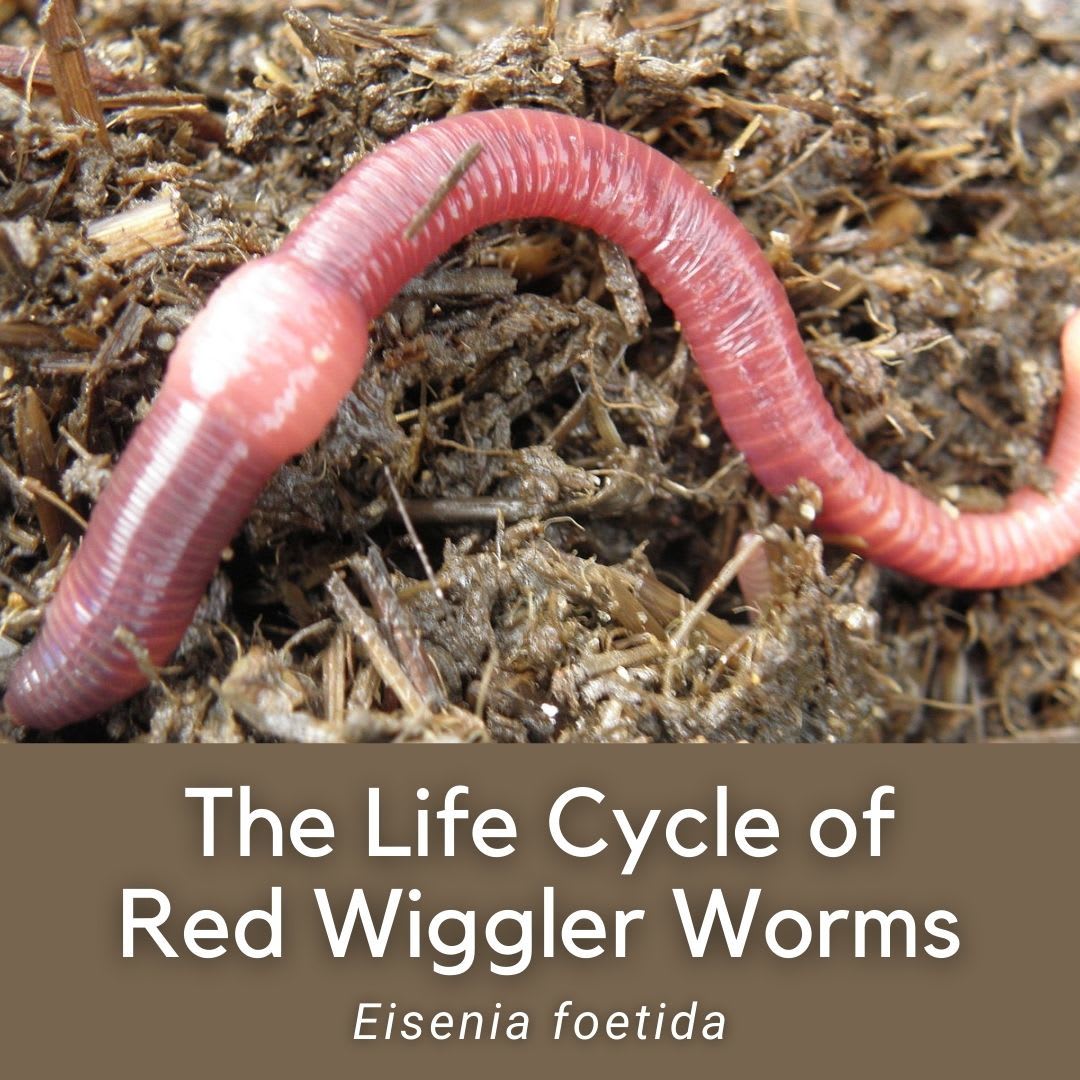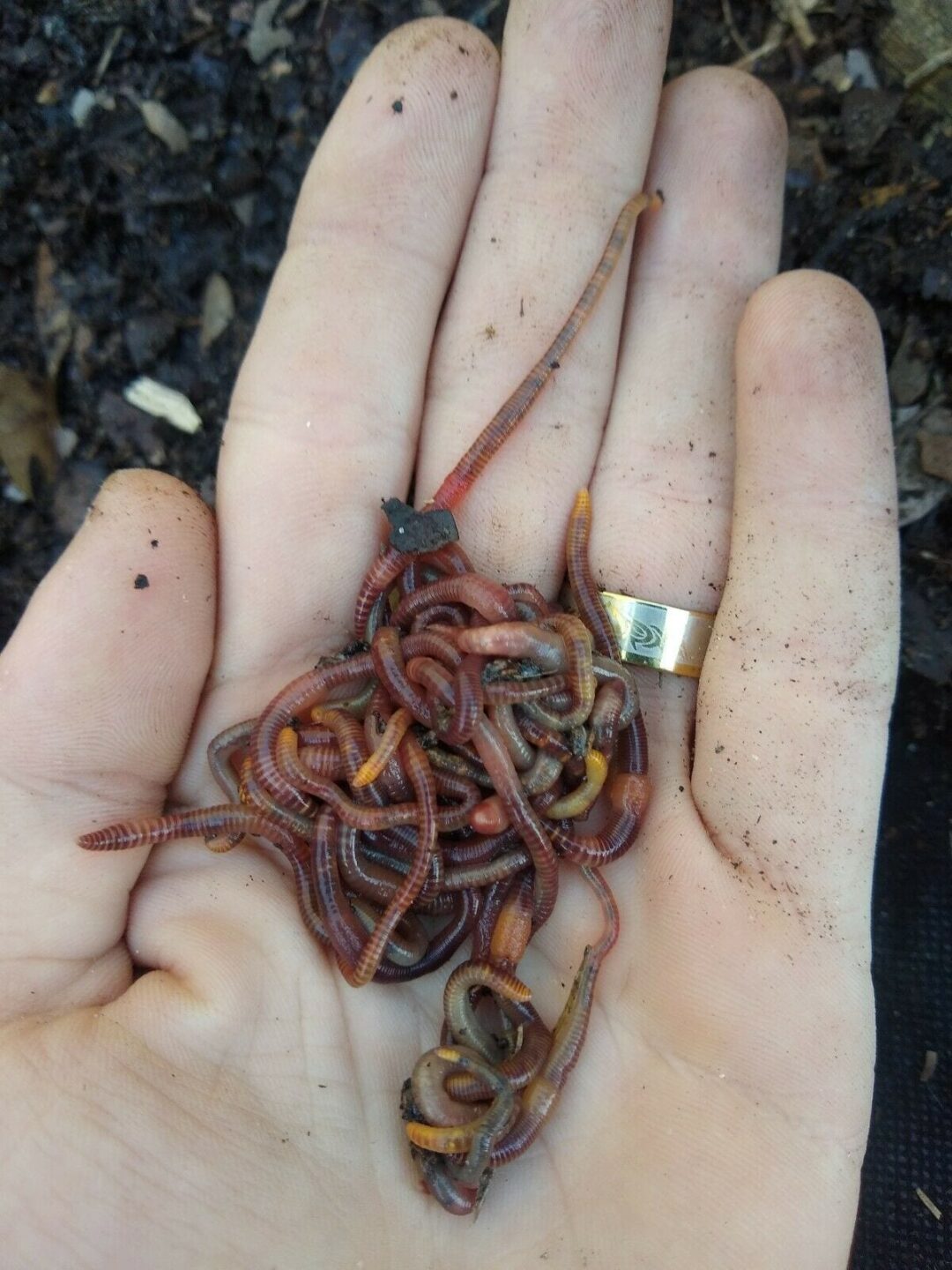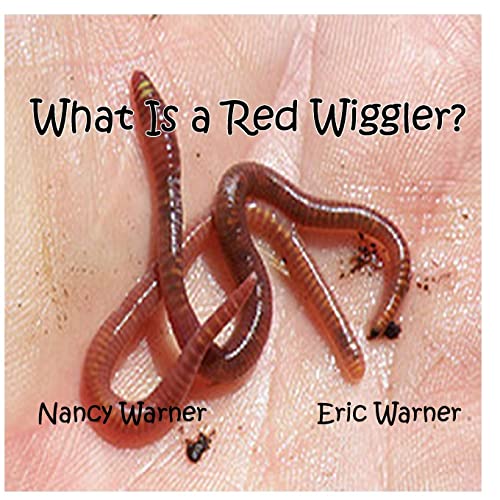Maximize Lawn Growth with Effective Products from Red Wiggler Express
Maximize Lawn Growth with Effective Products from Red Wiggler Express
Blog Article
Red Wigglers: The Unsung Heroes of Organic Waste Recycling
Red wigglers, or Eisenia fetida, offer as crucial representatives in the organic waste recycling procedure, changing thrown out products right into important vermicompost. As the world increasingly seeks remedies to combat waste buildup and improve farming efficiency, understanding the function of these worms comes to be vital.
What Are Red Wigglers?
The impressive strength of red wigglers, clinically referred to as Eisenia fetida, underscores their essential duty in organic waste recycling. These tiny, reddish-brown earthworms are generally discovered in decomposing raw material, such as compost heap and manure loads. Lake Hickory Bait. Unlike other earthworm varieties, red wigglers prosper in nutrient-rich settings and are extremely efficient at damaging down natural products, making them necessary for vermicomposting

(Red Wiggler Express)In addition to their duty in waste decrease, red wigglers add to soil wellness by improving soil framework and aeration with their delving activities (Lake Hickory Bait). Their presence in composting systems not only enhances decomposition prices but likewise advertises a sustainable technique to lose management, showing their value in ecological preservation efforts
Advantages of Composting With Worms
Composting with worms, especially red wigglers, supplies numerous advantages that boost both waste administration and dirt health and wellness. Initially, these worms efficiently damage down organic waste, converting it right into nutrient-rich vermicompost that enhances soil. This process accelerates decay, permitting a much faster recycling of kitchen area scraps and other organic products compared to traditional composting approaches.
Additionally, the vermicompost generated by red wigglers is bursting with advantageous microorganisms, which help enhance dirt structure, oygenation, and wetness retention. This enhances the total health of plants, promoting vigorous growth and increased yields in yards and farming setups. The use of worms in composting reduces the manufacturing of greenhouse gases, such as methane, adding to a much more sustainable waste administration system.

How to Start Vermicomposting
Developing a vermicomposting system is a simple process that can generate substantial benefits for both waste management and dirt enrichment. To start, choose an ideal container, such as a plastic container or wood box, with adequate ventilation openings to article make certain appropriate air movement. The dimensions must preferably be about 2 feet by 3 feet, enabling adequate area for the worms to prosper.
Next, prepare bed linen material, which can contain shredded paper, cardboard, or coconut coir. This bed linens must be dampened to create an appropriate habitat for the worms. Once the bed linens remains in location, present red wigglers (Eisenia fetida) right into the container, commonly around one pound of worms for each square foot of area.
Adhering to the placement of worms, add organic waste, such as fruit and veggie scraps, coffee premises, and crushed eggshells. With these steps, you will efficiently initiate a vermicomposting system that adds to lasting waste management and enhances your soil.
Maintaining a Healthy Worm Container
(Red Wiggler Express)Keeping a worm bin thriving requires normal focus and care to ensure the wellness of the red wigglers and the efficiency of the composting procedure. Correct maintenance starts with keeping an eye on the moisture degrees; the container ought to be wet however not saturated. A good guideline is to maintain an uniformity comparable to a wrung-out sponge.
Oygenation is essential. Delicately mixing the bed linen and food scraps every couple of weeks prevents compaction and makes sure that all worms have accessibility to oxygen. Additionally, it is crucial to feed the worms appropriately. A well balanced diet regimen of fruit and vegetable scraps, coffee premises, and smashed eggshells ought to be used in small amounts to avoid overfeeding, which can cause smells and pests.
If the bin comes to be also warm or cool, the worms might end up being stressed out. By vigilantly managing these factors, one can keep a durable and efficient worm bin.
Impact on Lasting Living
The effective upkeep of a worm bin not only profits the health and wellness of red wigglers however also adds dramatically to lasting living methods. By recycling organic waste, such as kitchen scraps and yard particles, red wigglers assist divert significant amounts of material from land fills. This reduction in waste not only lowers greenhouse gas discharges but additionally lessens the environmental worry connected with waste administration.
Furthermore, the castings generated by red wigglers work as a nutrient-rich organic plant food, boosting dirt health and wellness and promoting plant development. This all-natural option to chemical plant foods sustains sustainable agriculture and horticulture methods, lowering dependence on synthetic inputs that can damage ecosystems. In addition, worm composting promotes awareness of waste administration, encouraging people and neighborhoods to embrace more lasting routines.

Final Thought
In recap, red wigglers function as essential factors to natural waste reusing through their efficient decomposition of organic materials. Their capability to create nutrient-rich vermicompost improves dirt wellness and sustains lasting agricultural practices. By integrating vermicomposting into waste administration methods, people and neighborhoods can considerably minimize waste while advertising ecological sustainability. The duty of Eisenia fetida in cultivating healthy and balanced ecosystems underscores the significance of these organisms in accomplishing sustainable living and improving dirt fertility.
Report this page